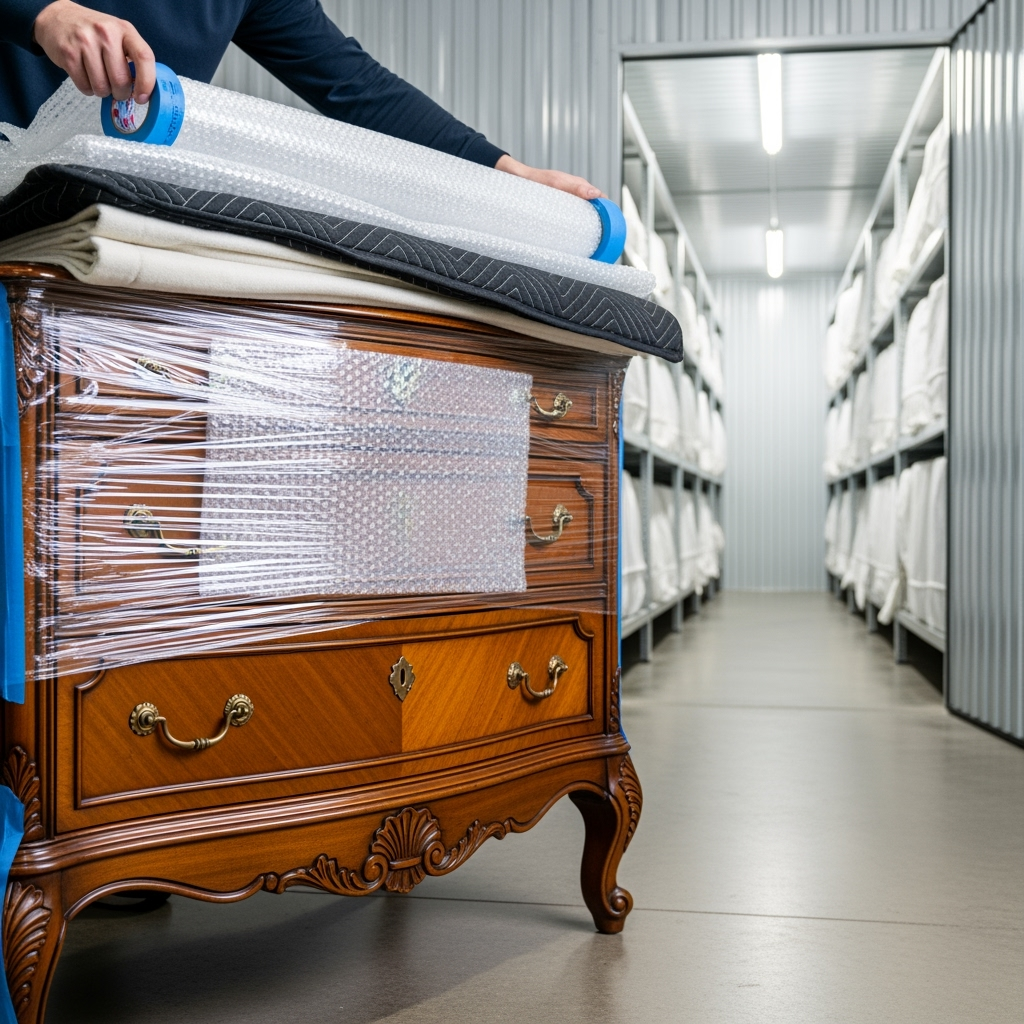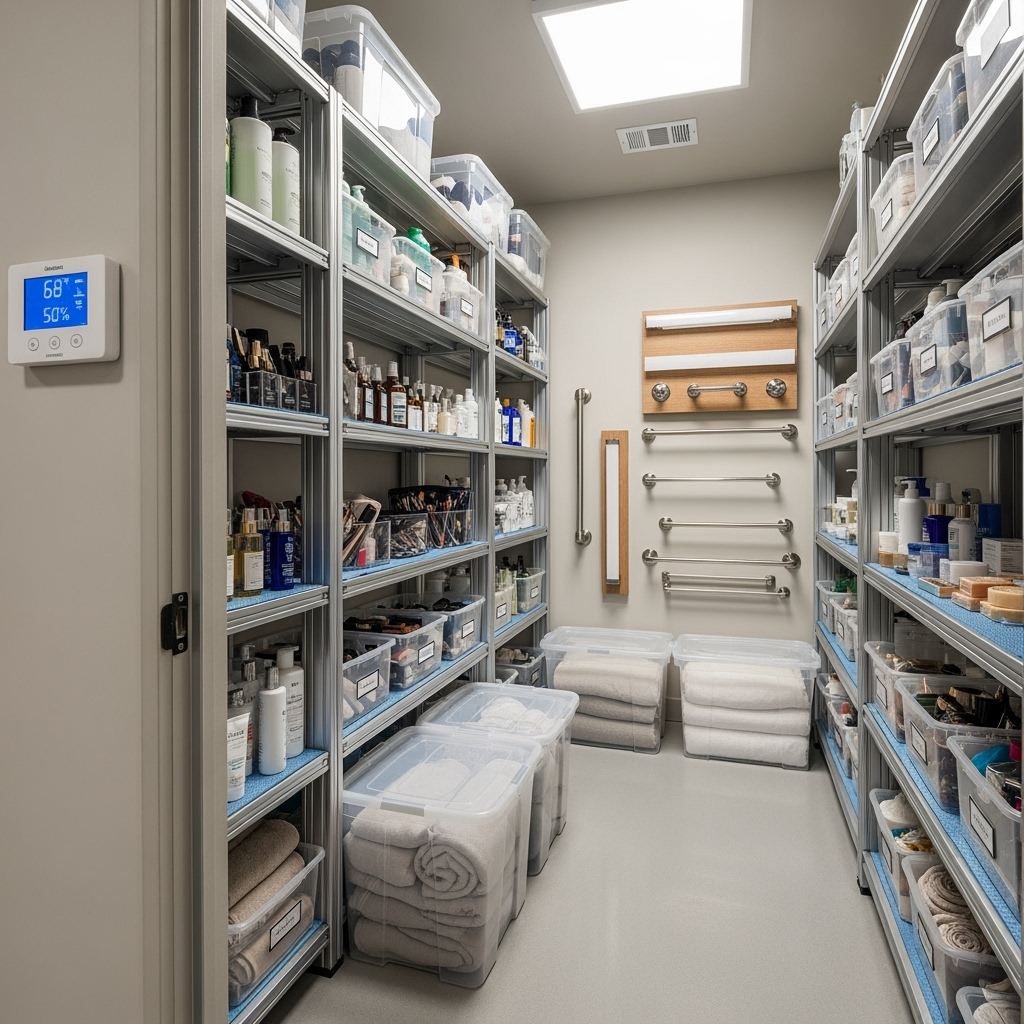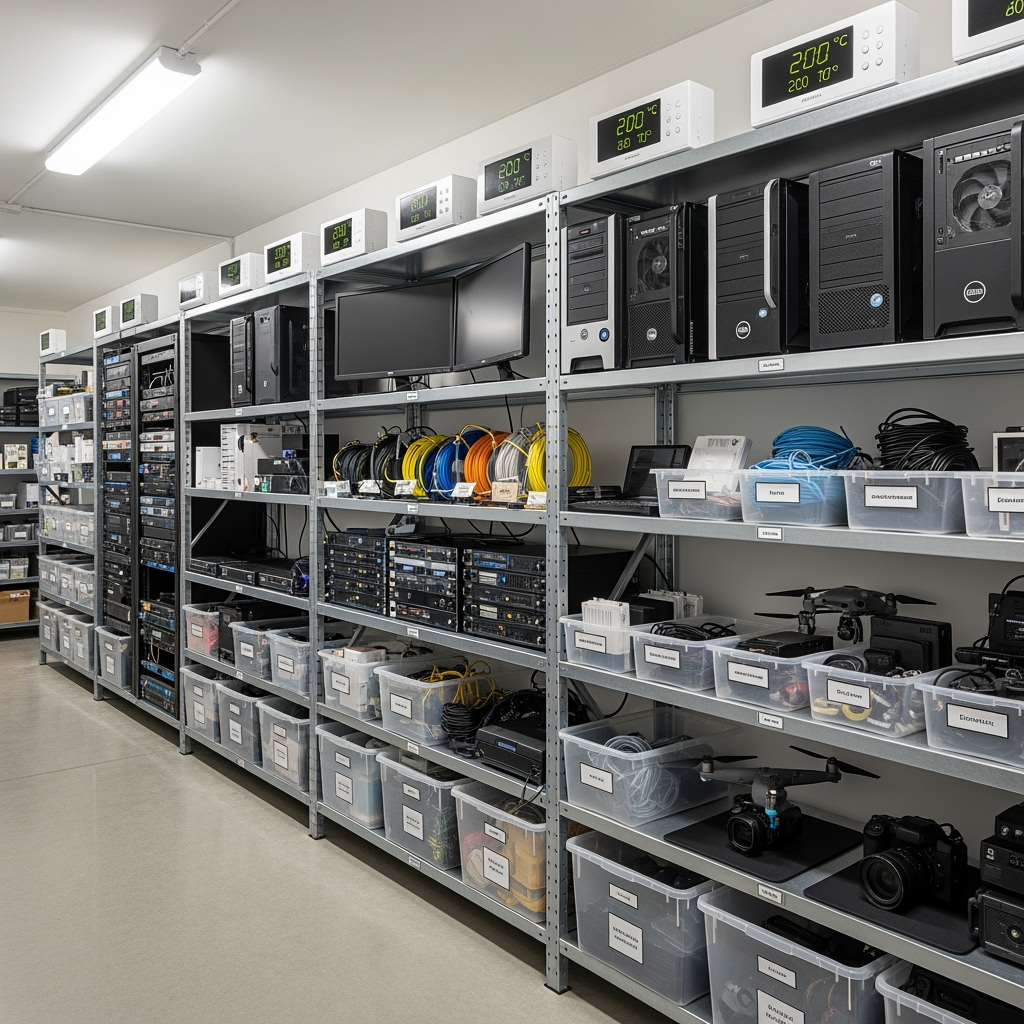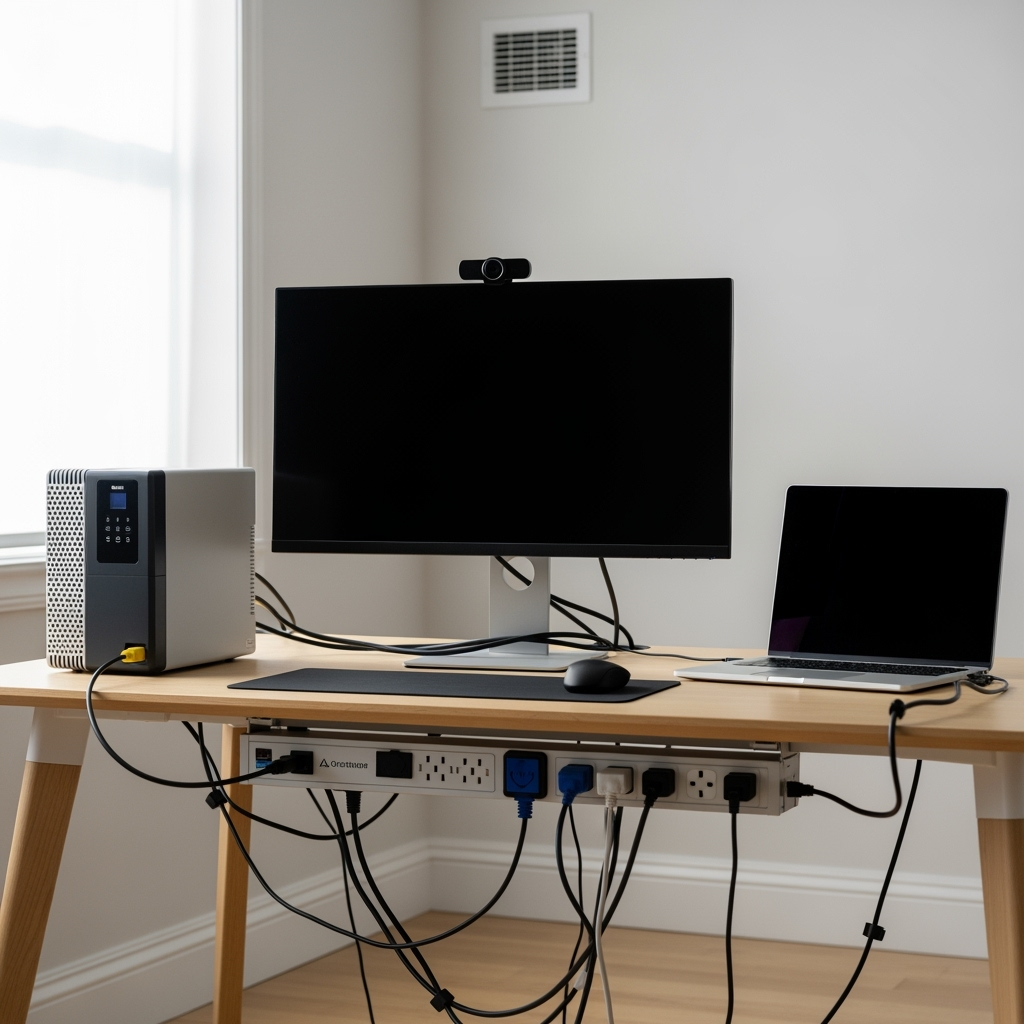The Importance of Proper Storage for Fine Wood Furniture
Protecting valuable wood furniture during storage requires careful planning and the right environment. Whether you’re storing antique heirlooms, expensive wooden pieces, or cherished family furniture, proper storage techniques are essential to preserve both beauty and value. This comprehensive guide will walk you through everything you need to know about storing fine wood furniture safely and effectively.

Understanding Climate Control for Wood Furniture
Wood is particularly sensitive to environmental changes, making climate control crucial for long-term storage. Here’s why temperature and humidity control matters:
- Temperature fluctuations can cause wood to expand and contract
- Excessive humidity can lead to warping, mold, and mildew
- Dry conditions may cause cracking and splitting
- Consistent climate helps preserve finishes and prevent damage
Preparation Steps for Storage
Before placing your fine wood furniture in storage, proper preparation is essential:
- Clean and condition the wood thoroughly
- Remove all hardware and store separately
- Apply a quality furniture wax or protectant
- Disassemble large pieces when possible
- Document assembly instructions and keep photos

Proper Wrapping and Protection Techniques
Using the right materials and methods for wrapping furniture is critical:
- Use breathable cotton or canvas covers
- Avoid plastic wrap which can trap moisture
- Place protective padding on corners and edges
- Wrap legs and detailed carvings separately
- Raise items off the floor using pallets or blocks
Choosing the Right Storage Environment
Select a storage solution that offers:
- Climate-controlled conditions (ideal temperature 65-75°F)
- Humidity control (45-55% relative humidity)
- Clean, dry environment
- Protection from direct sunlight
- Adequate space for proper positioning
Storage Layout and Positioning
Proper arrangement in your storage unit helps prevent damage:
- Store large pieces against the back wall
- Keep frequently accessed items near the front
- Create aisles for easy access
- Never stack heavy items on delicate pieces
- Store tables and chairs upright when possible
Regular Maintenance and Inspection
Even in storage, wood furniture requires periodic attention:
- Check items monthly for signs of damage
- Monitor for pest activity
- Ensure climate control systems are functioning
- Adjust positioning if needed
- Clean and rewax surfaces as recommended
Special Considerations for Antiques
Antique wooden furniture requires extra care:
- Document condition with detailed photos
- Consider professional assessment before storage
- Use specific products designed for antiques
- Maintain insurance coverage
- Keep detailed records of care and maintenance
When to Seek Professional Help
Consider professional assistance for:
- Very valuable or irreplaceable pieces
- Large or extremely heavy items
- Pieces requiring disassembly
- Antiques with special finishing needs
- Items requiring restoration before storage
Conclusion
Proper storage of fine wood furniture is an investment in preserving both value and beauty. By following these guidelines and choosing the right storage environment, you can ensure your valuable pieces remain protected and pristine for years to come. Remember, the extra effort in preparation and choosing the right storage solution will pay dividends in maintaining the quality and longevity of your fine wood furniture.










Leave a Reply